In the world of speciality lenses, there is nothing more specialized than perspective-control or tilt-shift lenses. The idea was to give 35mm photographers some movement control that large and medium format photographers used to adjust perspective. While the level of control could never be as discrete as with a large format camera, a perspective-control or PC lens provided some form of tilt and shift to grant a photographer a way to recompose an image without moving the camera body itself. Nikon’s original release in 1962 as part of the Nikon F system presented the world with the PC-Nikkor 35mm f/3.5, a relatively simple lens with no coupling to the body aside from the F-Mount, an improved version, the PC-Nikkor 35mm f/2.8 came in 1968. It is the second version that I’m reviewing today. While far from being a wide-angle lens, it is helpful in architecture and landscape photography.
Lens Specifications
Make: Nippon Kōgaku K.K.
Model: PC-Nikkor 35mm 1:2.8
Focal Length: 35mm
Focal Range: ∞ – 0.3m
Aperture: f/2.8 – f/32, 9 Blades
Structure: 8 Elements in 7 Groups
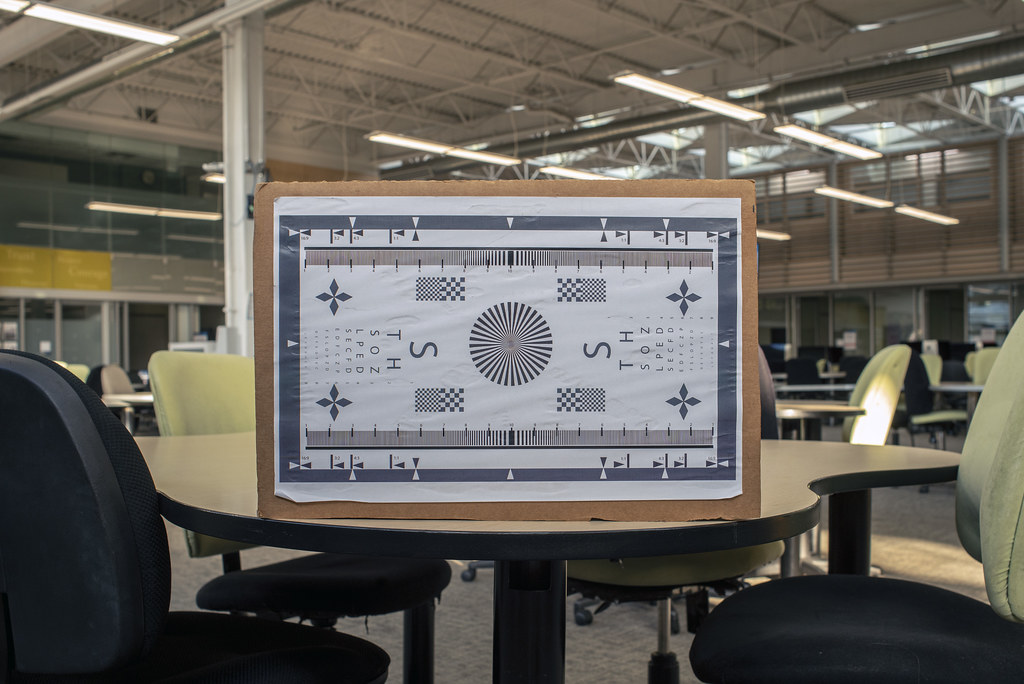
Nikon D750 – PC-Nikkor 1:2.8 f=35mm
Build Quality
There’s nothing plastic on this lens; constructed entirely from metal and glass and to the highest standards. Although, given the age of the lens, that should not surprise you. But also, given the age, the lens is not exactly easy to use on a modern camera. There is nothing automatic about the lens. Overall, the lens is well constructed but can be daunting; it does have a steep learning curve and requires a bit of a groove. One thing that does make this a little better than Nikon’s regular 35mm lens is the curved front element, which does help with what the lens does and helps keep lines straight. The aperture ring is not automatic; you need to stop down manually. Yes, the manual stop-down and the interface are familiar if you’re used to the KMZ Helios-44. Turn the click ring to the aperture you want (down to f/32), then a looser ring to open and close the aperture. Keep it wide-open for focusing and composition, then close up the aperture for metering and taking the image. The lens can also be rotated around, and there’s a stop every 45° where you can adjust your perspective. While primarily useful, every 90° mark, there’s then a threaded knob to move the lens up and down. You can only move in one direction once you’ve rotated the lens, but it is handy with all the different directions. And given how many moving parts are in the lens, they certainly stand up to the amount of abuse. And it has the standard Nikon 52mm filter ring so that you can use all your standard filters; also handy when shooting architecture, especially indoors, for colour cast correction on colour films.
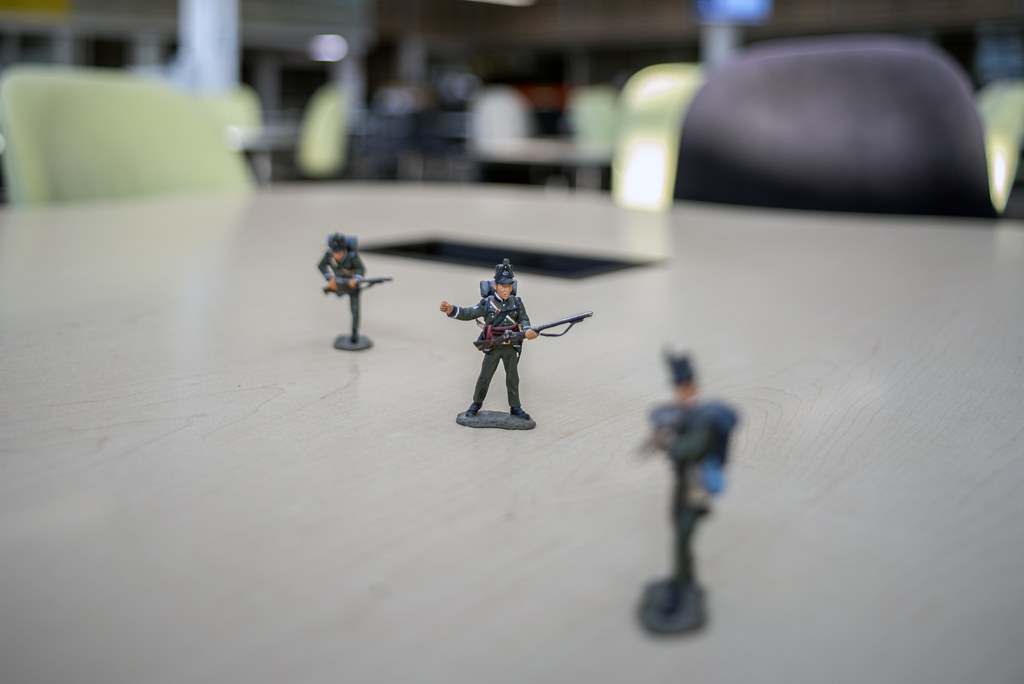
Nikon D750 – PC-Nikkor 1:2.8 f=35mm
Nikon D750 – PC-Nikkor 1:2.8 f=35mm
Nikon D750 – PC-Nikkor 1:2.8 f=35mm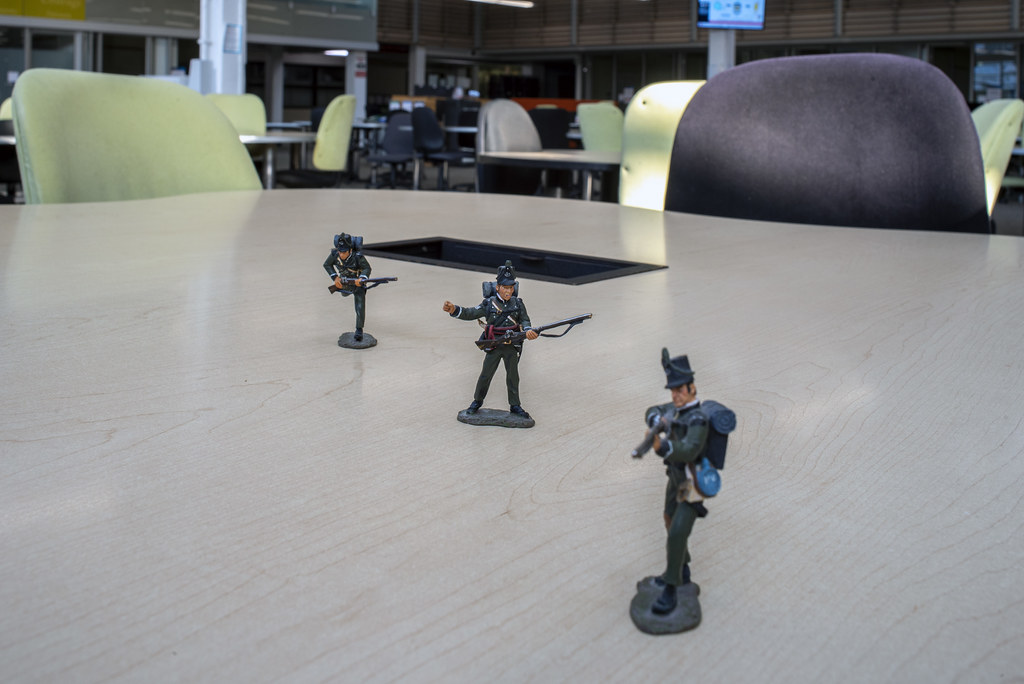
Nikon D750 – PC-Nikkor 1:2.8 f=35mm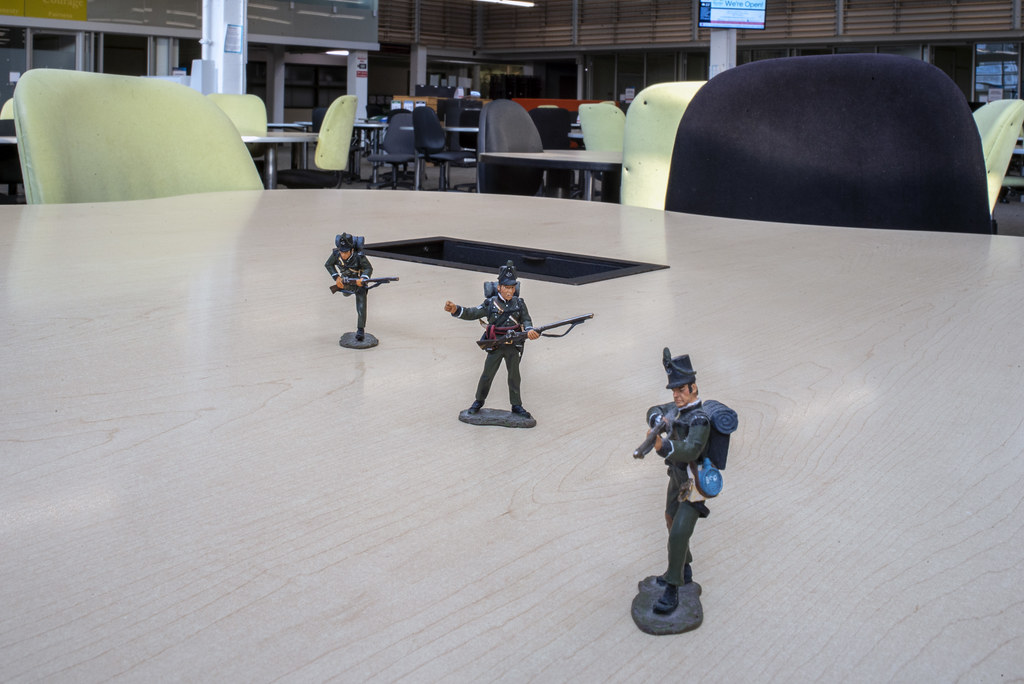
Nikon D750 – PC-Nikkor 1:2.8 f=35mm
Image Quality
While I’ve reviewed a couple of 35mm lenses before, this lens is no ordinary 35mm lens. If you’re looking for near optical perfection, look no further. And for a good reason, the first thing that does stand out about the PC-Nikkor is that the front element has a curve. The reason is that like the brilliant 14-24mm f/2.8G, the aspherical front element allows for your straight lines to stay straight. When working with architecture and perspective control, you want those lines straight. And your lines stay straight even right in close, and the lens can focus in close. Images are sharp, with no fall-off or vignetting at the corners from f/2.8 to f/32. And even at f/2.8, the items in focus are tack sharp. The out-of-focus rendering is smooth, thanks to the 9-blade aperture. Your points of light will render out smooth and circular, although there’s nothing special. But this isn’t a lens that you want an exciting or special bokeh. The ability to stop down to f/32 allows for almost an end-to-end focus. This is one lens in that I cannot find a single fault with the optical output. But as with any lens, you will want to pair it with a good camera and, in some cases, a sharp film. You will never be disappointed.

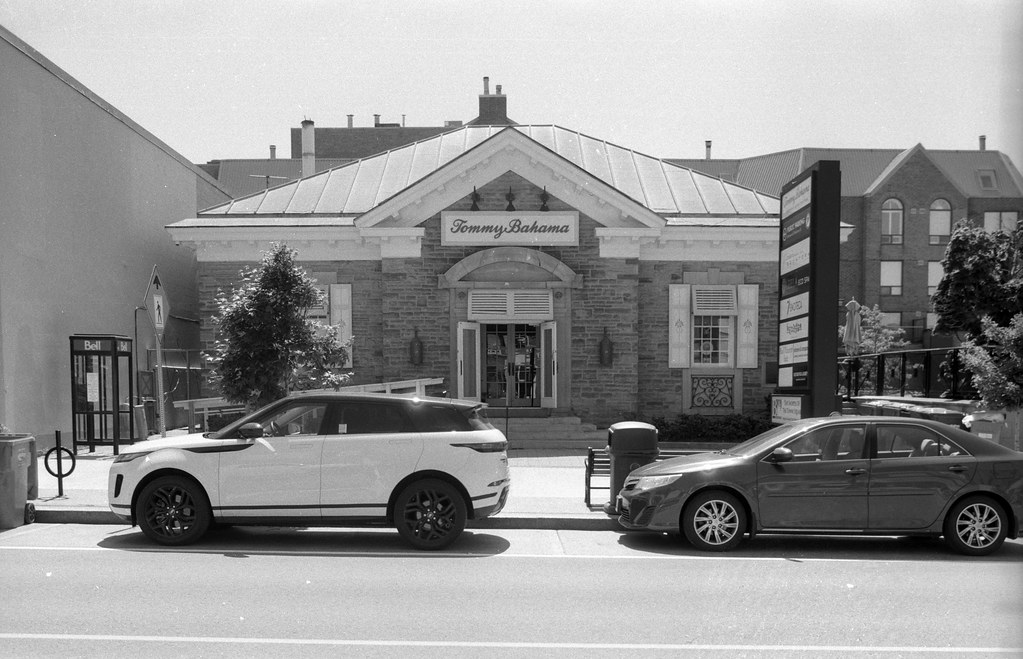
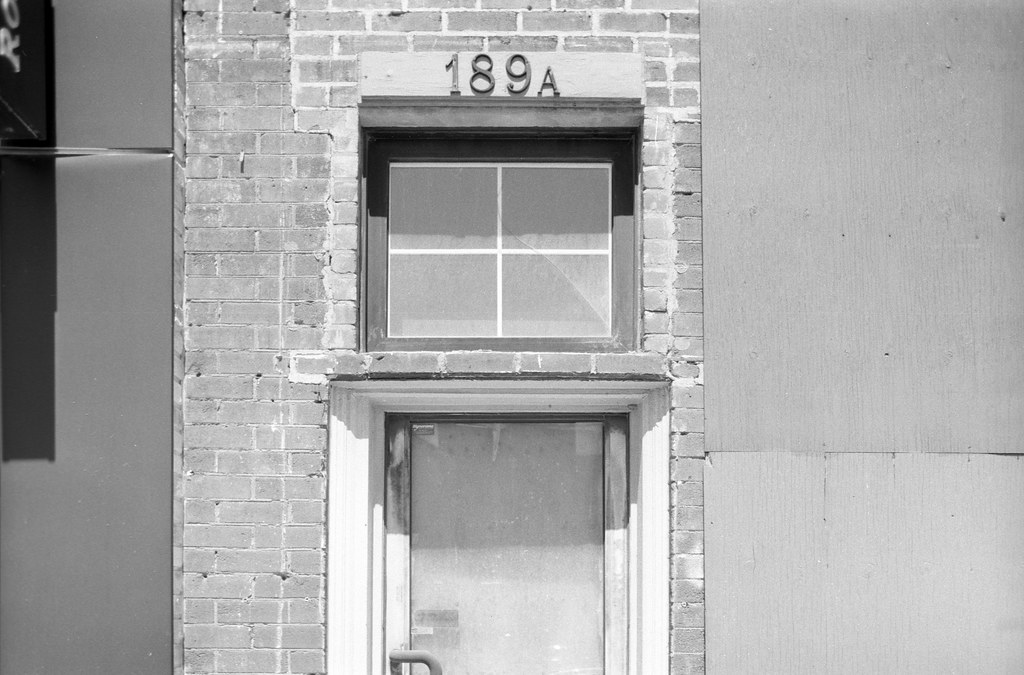
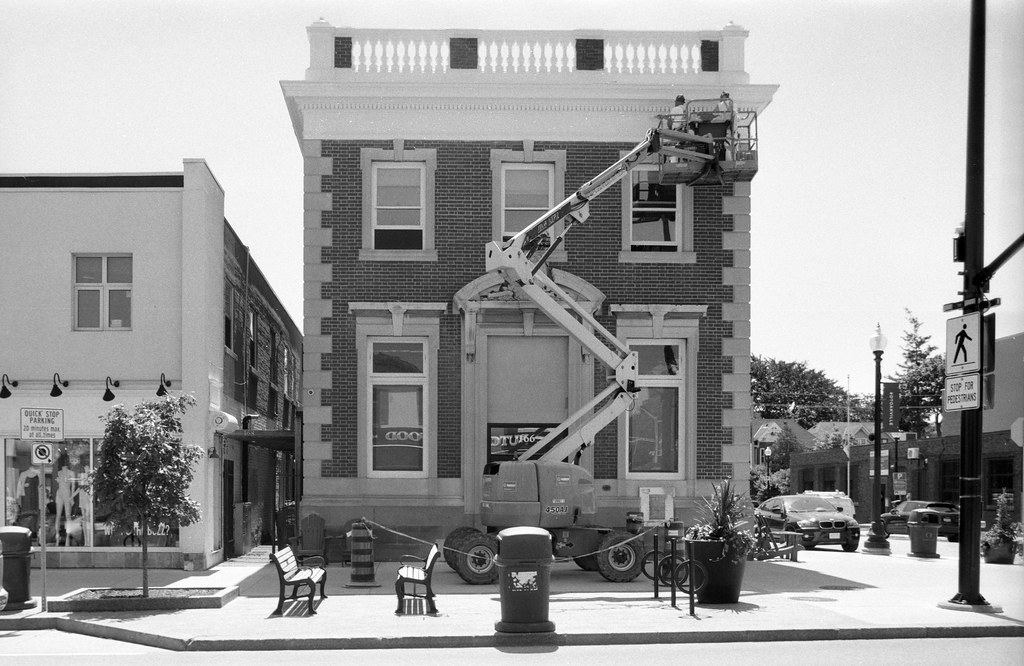

Applications
The two most apparent applications are landscape and architecture regarding tilt-shift and perspective control; shifting and moving the lens in multiple directions helps you keep your straight lines straight and eliminate potential distractions from the final composition. Plus, stopping the lens down to f/32 means you can put every element in focus across your scene within the viewing angle of a 35mm lens. While some might detract from that 35mm viewing angle, if you have enough space, you can easily zoom in and out with your feet and keep the distortions to a minimum. While many love to use these lenses for special effects and mucking with the focal plane, this version does not have the tilt feature; it’s simply a shift lens or Perspective-Control. You can’t get the real special effects, it makes the lens a two-trick pony, but it does both well. My primary use for the lens is in architectural work, both outside and inside buildings. It is used mainly inside abandoned buildings for detailed shots and the ability to shift at almost any angle. Another use for these lenses is for product shots; that 35mm focal length is a happy medium, and with close focus and perspective control, you can make sure that you have the subject perfectly positioned in the frame. Of course, with modern PC-E lenses, you can apply certain aspects of the Scheimpflug principle. Still, it is designed for use on the original F-Mount and the Nikon F, having no mechanical linkage between the lens and the body. You can use it on almost every F-Mount camera or adapter; you won’t damage the lens mount. I’ve worked with the lens on the FE2, F4, F5, a6000, D300 and D750 without any issue. You have to make sure you open the aperture focus and then stop down to get your meter reading, but it’s a small price. You will also need to put the camera into manual metering mode, and having an external meter might help nail your exposure.
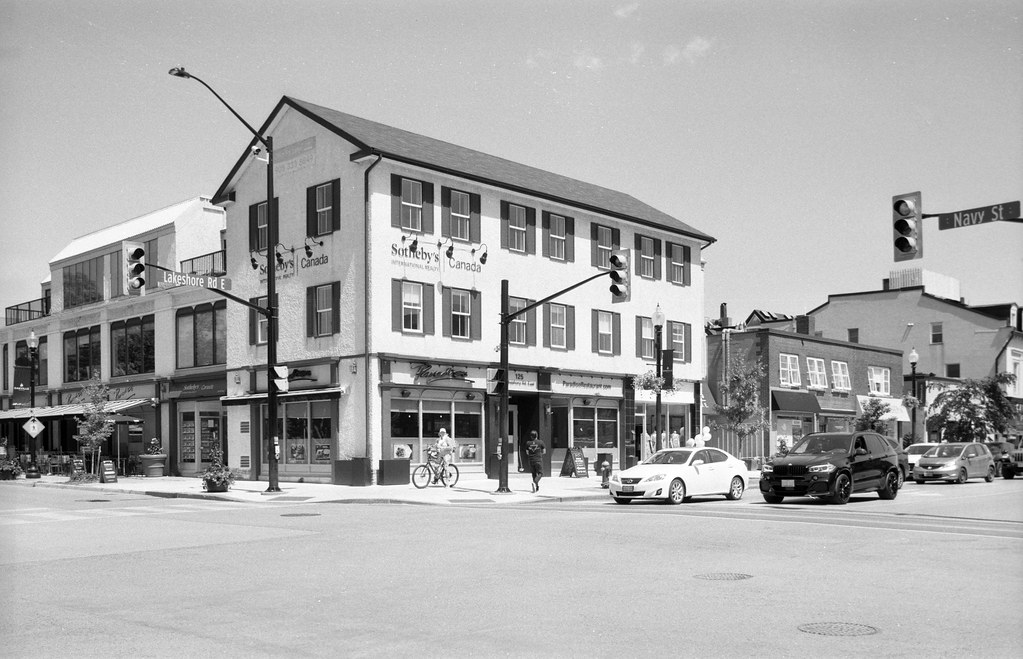




The Low Down
The power of adjusting your perspective using lens movements is a handy tool, but one that comes at a bit of a price. While you can use this lens handheld, it takes a bit of time to get used to not moving the camera or your own body to adjust perspective and the lens’s movements. It’s a hard habit to break, and if you combine these things, there’s a chance your images are going to look weird. I have seen this not only with this lens and also in large format with camera movements. If you want the best results, get a tripod. Seriously, this lens performs the best on a stable platform. Modern perspective control lenses are not cheap; thankfully, older lenses can be had for a lower cost. Even the model a step up from this lens costs about 250-330$ on the used market, which is not a bad price for what the lens is and does. However, you are pretty limited with these lenses in how they function and if you’re not used to this level of manual control, there are modern versions. These are available in a far more helpful 24mm focal length, but you are closer to 1,500$ price point. It isn’t too bad for what the lens can do, plus full compatibility with modern Nikon cameras, including TTL metering and AE functionality. If you’re looking for the older lens, search for PC Nikkor; for the contemporary glass, search for PC-E Nikkor. But suppose you primarily shoot architecture, real estate, or product photography, or want near the same level of control with the field and monorail large format cameras. In that case, these lenses are worth the investment.


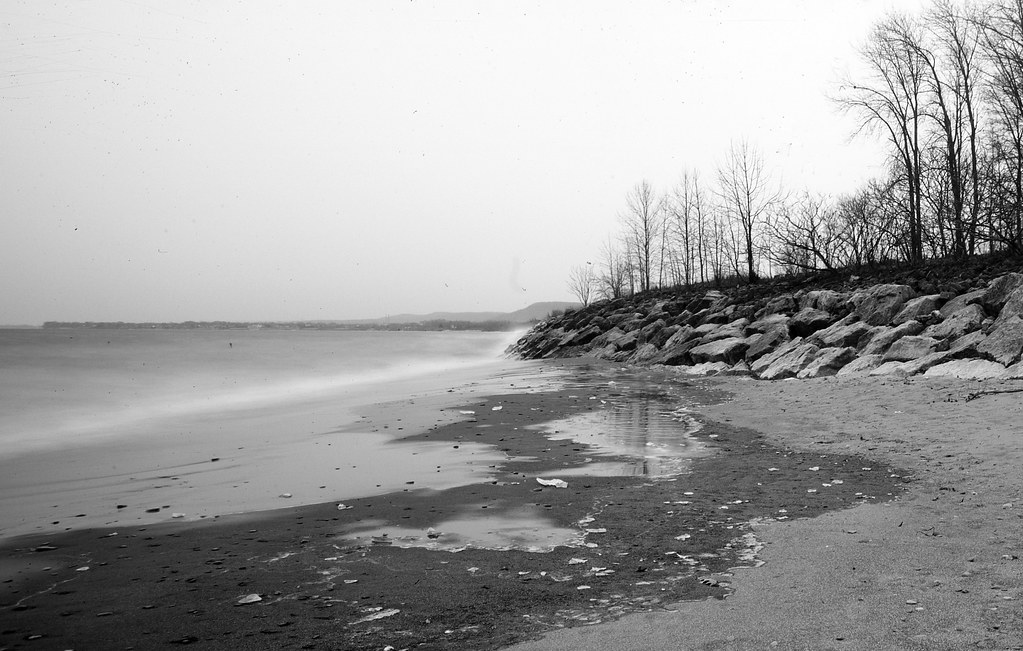
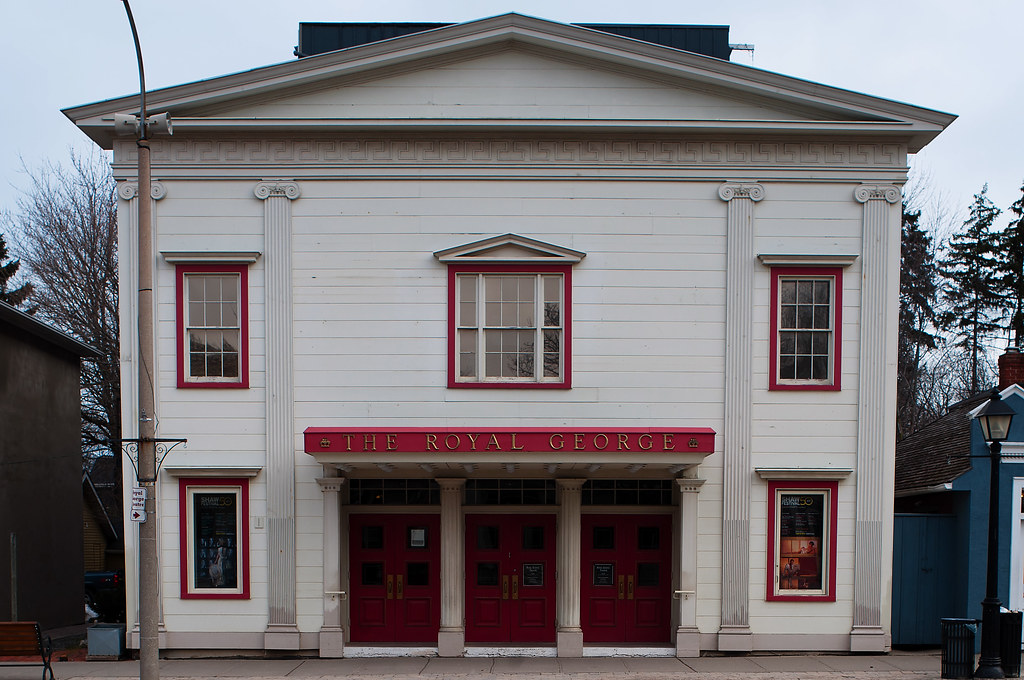
Further Reading
Don’t just take my view on the PC-Nikkor 35mm f/2.8 (1968); check out these other reviews.
No Other Reviews Found – Especially for the older 1968 lens, plenty on newer versions
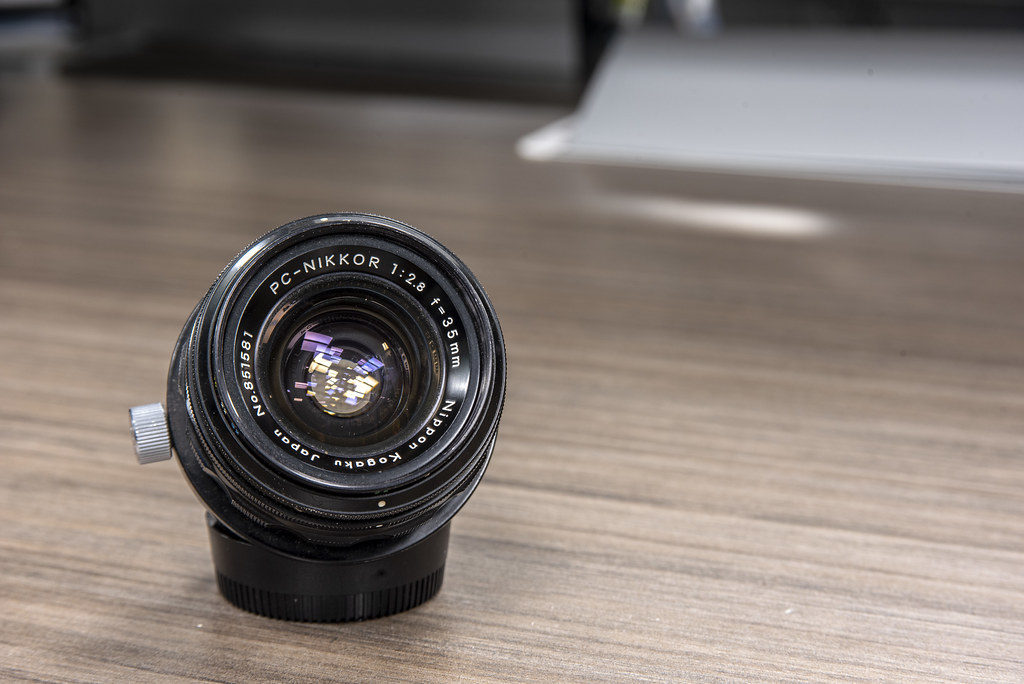
1 Comment